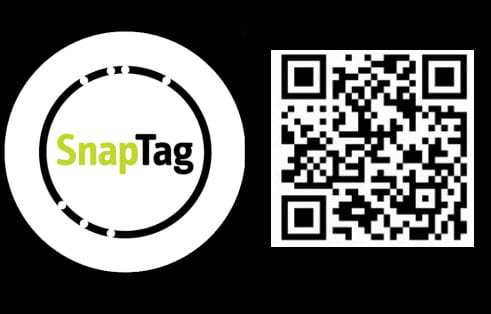 SnapTags may serve as a powerful alternative to QR codes
SnapTags may serve as a powerful alternative to QR codes
Despite criticism regarding their appearance, QR codes remain a powerful tool in the realm of marketing. Advertisers have shown favor for QR codes because of the codes’ ability to connect with consumers in a dynamic fashion. The codes are particularly effective at catching the attention of mobile consumers, those that use their mobile devices heavily in their daily lives. For many advertisers, and consumers, QR codes still represent a visual oddity, which can often impair their performance. As such, advertisers have been looking for an adequate alternative and may have found this in SnapTags.
SnapTags combine simplicity with visual appeal
SnapTags are an alternative to QR codes developed by Spyderlynk. As first impressions go, the SnapTags are noticeably more aesthetically pleasing than their black and white, blocky counterparts. The SnapTags allow for the same functionality of QR codes, however, and can be scanned by a mobile device in order to access digital content. This content is contained in a “code ring” in much the same way content is contained in the blocky patterns of QR codes. The ring is small, however, allowing for a great deal of space for artistic elements, such as logos.
Tags are not entirely reliant on mobile applications
Unlike QR codes, SnapTags are not wholly reliant on mobile applications in order to be accessed. Any mobile device with a camera can unlock the content contained within a SnapTag by simply taking a picture of it. This picture can then be sent to Spyderlynk, which will then retunr the appropriate marketing response, providing access to the content associated with any particular SnapTag. There are applications devoted specifically to SnapTags that make this process much more fluid, but Spyderlynk suggests that basing the tags entirely on such applications would have limited its reach to consumers.
QR codes continue to persevere despite competition
Whether SnapTags will succeed in replacing QR codes has yet to be seen. Several technologies and marketing tools have sought to dethrone QR codes in the past and all have been unsuccessful thus far. QR codes currently offer a simplicity that cannot be matched. The aesthetic issues of the codes are also becoming less pronounced with the advent of visual QR codes, which trade the traditional blocky pattern for a more robust and artistic appearance without sacrificing functionality.
